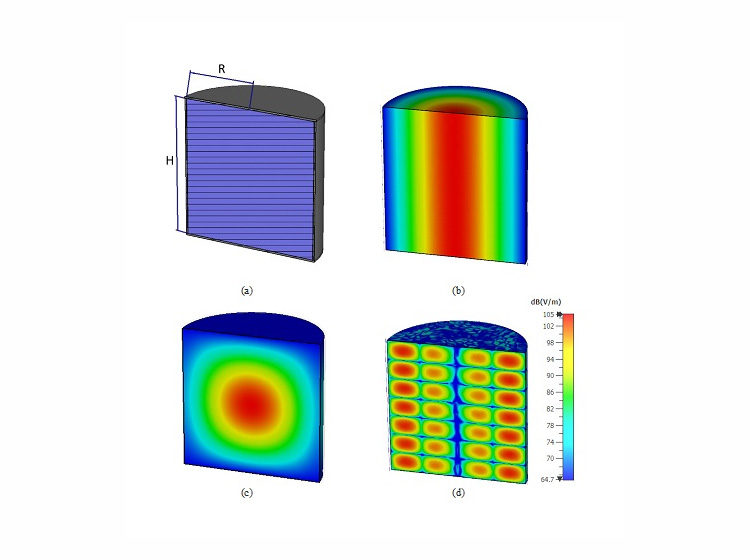Filters are essential to virtually all communication systems. Even though the fundamental principles of the operation of filters have been known since the second part of the 20th century, practical filter design still draws a great deal of attention from RF engineers and academia. Such is the significance of filters.
Of particular importance to modern filter design is not only excellent electrical performance, but also size and volume. This is principally true for filters operating at the lower end of the frequency spectrum (e.g., 700 MHz), where their physical volume and weight pose significant challenges to network equipment manufactures. In this regard, the need for excellent electrical performance inevitably increases the filter size. Consequently, RF filters tend to occupy a significant volume of a number of communication devices. In particular, cavity filters are still the mainstay in mobile cellular communication base stations, by virtue of their power-handling capabilities, cost effectiveness, good electrical performance (medium to high quality factor) and technological maturity. However, the attractive features of cavity filters are counterbalanced by an increased physical size and, equally importantly, weight. The bulky size can be alleviated at the expense of reduced electrical performance. For example, capacitive loading and a stepped resonant post are often deployed to reduce resonator profile, albeit at the expense of performance. Helical resonators can also be used to address the issue of bulky size.
We have recently introduced a new class of cavity resonators and filters, termed distributed resonators [1] and [2]. The distributed resonator allows a major reduction in the resonator profile while maintaining an excellent electrical performance. In [1], an individual distributed resonator consists of a number of low-profile resonant posts arranged in a grid, where the resonant posts on the vertical and horizontal axes of the grid mainly couple to their immediate neighbors. The substantial reduction in the filter profile, comes – to a degree – at the price of the footprint, mainly due to the fact that the individual distributed resonator consists of a number of resonant posts.
In our previous contribution of [2], the concept of [1] is somewhat further generalized, where it was suggested that a resonant element of [1] can itself be made in a distributed form. In this paper, we fully build upon the ideas of [2], to provide a detailed theoretical study of the new resonator and access its key performance indicators. The new resonator is termed split-distributed resonator since the individual resonant post is effectively split in order to better exploit mutual coupling. Examples of 2 split-distributed resonators are shown in Fig. 1. Due to their split configuration, the individual distributed resonant posts no longer strongly couple only to their neighbors on the vertical and horizontal axes, but to the diagonal elements as well. This has a profound effect on the reduction of resonator footprint, while maintaining the low resonator profile and excellent electrical performance.
As an experimental verification, three 5-pole band-pass filters using different realizations of individual resonant elements are designed and fabricated. The filters are made to operate at frequencies of 1.8 GHz and 1.34 GHz with a percentage bandwidth of 2%. The individual split-distributed resonator of these filters consists of 9 resonant elements, where each element is a distributed resonator of the second order and fourth order respectively. The measured insertion losses of the filters are in an excellent agreement with the values predicted by the simulations.

Fig. 1. Top view of (a) and (b) split-distributed resonators, respectively.
[1] S. Bulja and M. Gimersky “Low-profile distributed cavity resonators and filters,” accepted for publication in IEEE Trans. Microw. Theory and Techn.
[2] S. Bulja and D. Kozlov, “Split-distributed resonators and filters”, to appear. Presented at Radio and Wireless Symposium, Orlando, US, January 2019.



Leave a Reply